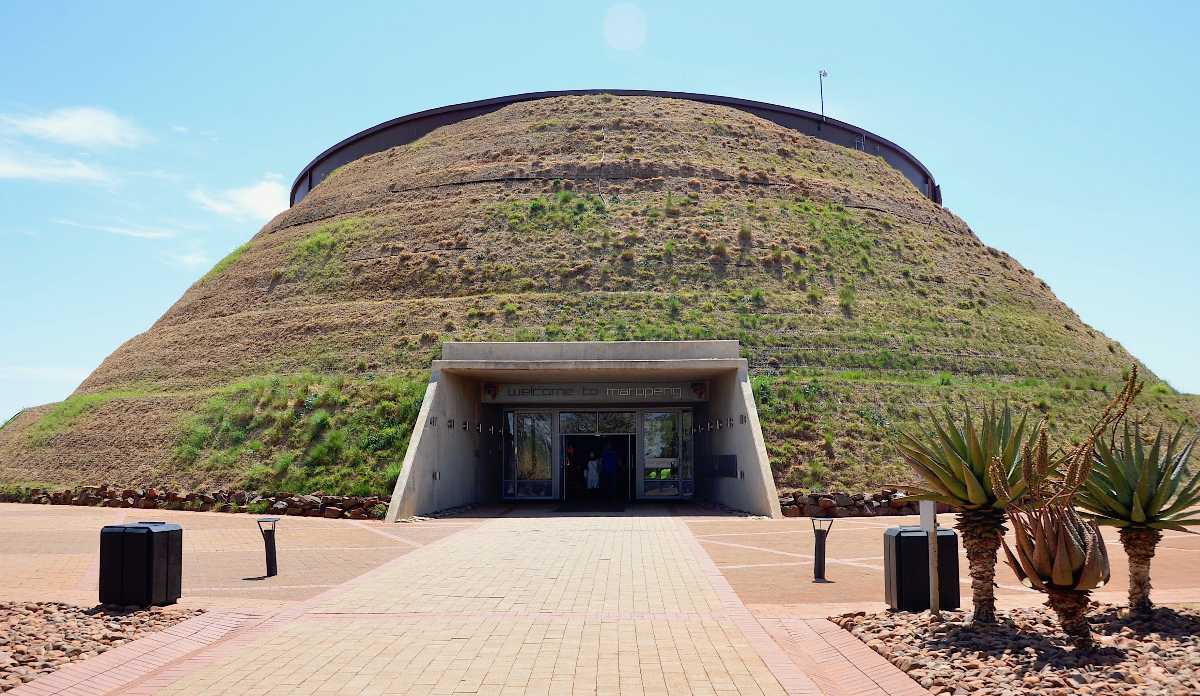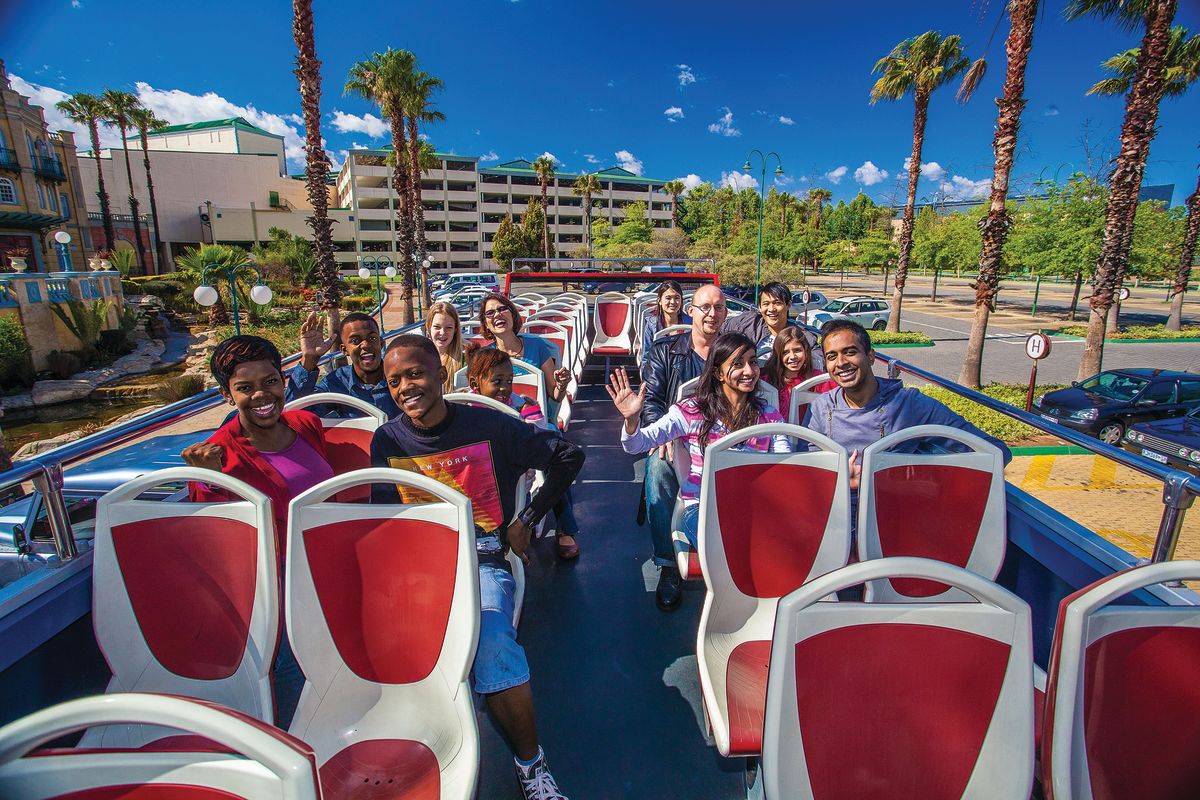The 9-Minute Rule for Johannesburg North Attractions
The 9-Minute Rule for Johannesburg North Attractions
Blog Article
The Facts About Johannesburg North Attractions Revealed
Table of Contents7 Easy Facts About Johannesburg North Attractions ExplainedJohannesburg North Attractions Can Be Fun For EveryoneThe Single Strategy To Use For Johannesburg North AttractionsWhat Does Johannesburg North Attractions Do?An Unbiased View of Johannesburg North AttractionsSome Known Incorrect Statements About Johannesburg North Attractions
The city owes its area to the presence of a much more valuable source: gold. The city grew on the edge of the Witwatersrand Main Reef, a below ground stratum of gold-bearing quartz-silica empire that arcs for hundreds of miles beneath the Highveld. The majority of the gold mines in the city stopped operation in the 1970s, however in its day the Witwatersrand gold industry accounted for greater than 40 percent of the globe's yearly gold manufacturing.Johannesburg has a warm climate. The city takes pleasure in about 8 hours of sunshine per day in both winter months and summertime.
What rain the city gets falls practically specifically in the summer season, often in magnificent late-afternoon electric storms. Air contamination postures a considerable trouble, especially in the winter season months, when thermal inversions impede the westward flow of air from the Indian Sea. Pollution is most serious in the largely settled Black municipalities on the city's perimeter, where numerous citizens still count on coal for gas.

Not known Facts About Johannesburg North Attractions
The equilibrium of the city is occupied by whites. Holiday accommodation varies in personality and quality. Soweto is infamous for its unlimited rows of municipally constructed, two-room matchbox homes, yet it additionally has a few thriving territories along with brimming squatter camps, where 10s of thousands live without water, electrical power, or sanitation centers.
Physical growth, although somewhat restricted by transport, proceeded quickly as immigration to South Africa, and Johannesburg particularly, increased considerably. This trouble was addressed in the 1930s when the vehicle was presented in automation to South Africa. Autos were, for the a lot of component, constrained to the wealthy, and permitted them to move to the north of the city and commute into the centre.
Many poor residential areas were mixed, with inadequate blacks and whites living together, although the well-off suburban areas were usually booked for whites.
The previous system of eleven phoned number areas was reorganised in 2006. Marshalltown, as seen from the top of the Carlton Centre. The M1 and M2 run behind the buildings, and the southerly suburbs prolong past the highway boundary. The internal city of Johannesburg lies within the city's Region F. The number of individuals living in the inner city on an informal basis is unknown, as several are unlawful immigrants. The unemployment, education, and age accounts of the area are all unknown, due to the problem of getting reputable information about the area.
The Single Strategy To Use For Johannesburg North Attractions
Centred on the CBD, the region includes the suburbs of Yeoville, Bellevue, Troyeville, Jeppestown, and Berea to the east. To the west it spreads out to Pageview (Johannesburg North attractions) and Fordsburg. There are tiny commercial locations to the south, such as City West-Denver and Benrose. Around 800,000 commuters travel through the inner city each day, and it works as a regional shopping node for site visitors from the southerly suburban areas. Yeoville and Bellevue have a mix of apartment and solitary property systems on little great deals. The region is located on a hilly divide that ranges from east to west. The look at these guys most obvious geographic feature is Observatory Ridge, which is called for the huge observatory located on it. The recreational rooms are no more utilized, due to safety and security problems.

The 3-Minute Rule for Johannesburg North Attractions
R. Tambo International Airport Terminal). The eastern suburbs are a few of the earliest locations of Johannesburg, there are big communities of Jewish and other European backgrounds, the majority of the populace is English speaking. There are 3 golf programs in addition to a number of secured ridges with viewsites. There are a number of strong and up-market entertainment and purchasing locations in the east such as the Eastgate Shopping Center and the Greenstone buying centre.
The location is mainly composed of old "matchbox" houses, or four-room homes constructed by the government, that were constructed to provide affordable holiday accommodation for black workers during discrimination. Soweto is an acronym, representing "South Western Townships". Street after road around is lined with matchboxes; nonetheless, there are a few smaller sized areas where flourishing Sowetans have constructed residences that are much more visit this web-site comparable in stature with those in even more affluent suburban areas.
Hostels are another famous physical function of Soweto. Initially constructed to house male migrant employees, numerous have been enhanced as homes for couples and families. The N1 Western Bypass skirts the eastern limit of Soweto. The residential area was not traditionally enabled to produce work centres within the area, so mostly all of its locals are commuters to other components of the city.
Facts About Johannesburg North Attractions Uncovered
The N1 Western Bypass connects the north suburbs with the north-western suburbs. The houses in the north residential areas are primarily official, with no significant areas of casual real estate, or housing that does not have a long-term structure. This is a well established location, there is a fad of land use change from property to commercial, specifically along main arterial roadways and around established nodes.
The area is well linked to roadway networks, especially along the north-south axis created by the M1 and N1. Roadways to the east and west are less well developed, as there are no freeways taking a trip because instructions. Towards the north boundary of the city, the thickness of growth decreases, leaving huge locations of primitive land around Midrand.
Our Johannesburg North Attractions Statements
The very first residential area to the north of the inner city is Parktown, which lies on a hillside overlooking the central city and Hillbrow. It has many well-off citizens and Edwardian-design estates, in addition to the Education and Clinical campuses of the College of the Witwatersrand. The web link big concrete Charlotte Maxeke Johannesburg Academic Healthcare Facility controls the skyline of Parktown.
Report this page